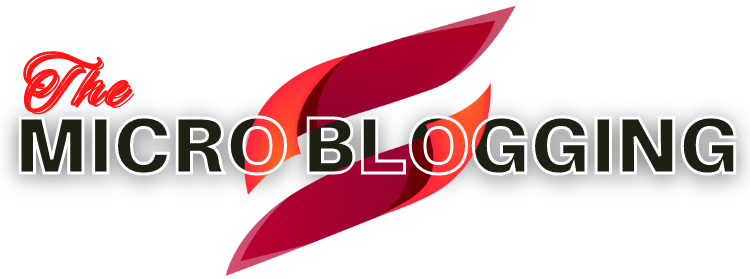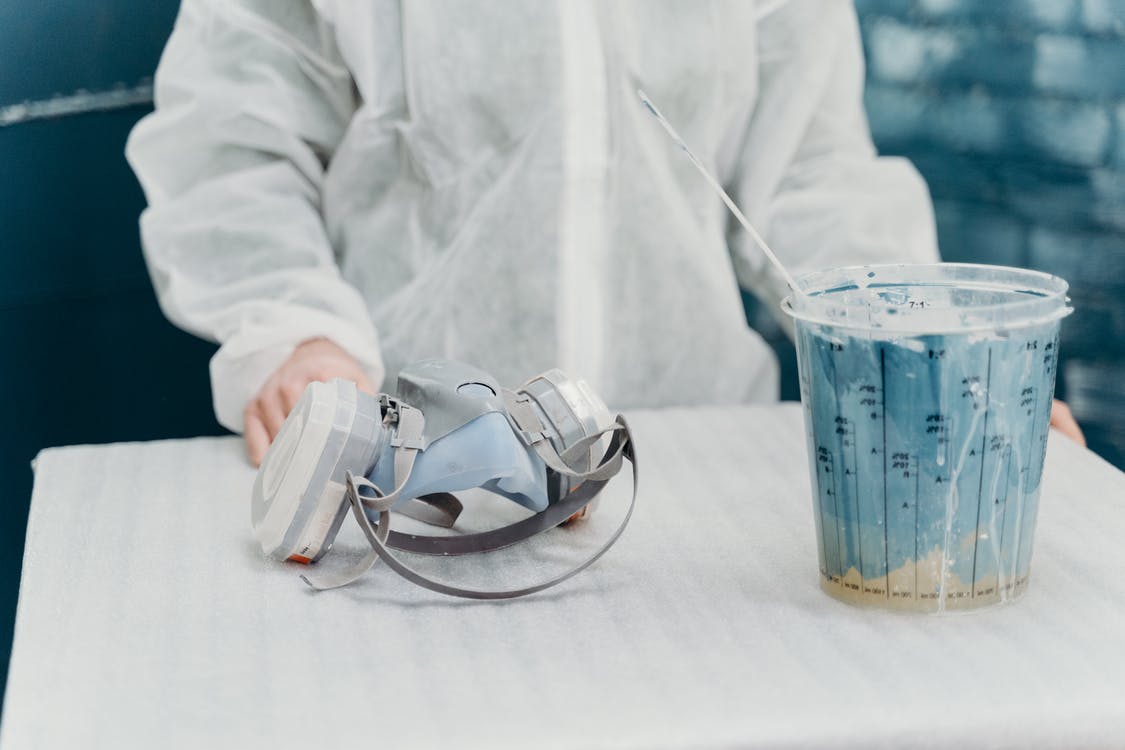Cavitation uses reduced ultrasound scans to enter the skin and break down fat cells. Fat cells cannot sustain the strain of these oscillations, causing them to collapse into liquid and travel through the body. Ultrasonic or ultrasound cavitation uses ultrasound technology to break fat cells beneath the skin. This is a non-surgical treatment for cellulite and localized fat.
Ultrasonic vibrations are used to apply pressure to fat cells during this procedure. The pressure is sufficient to cause fat cells to dissolve into the liquid. The body can then eliminate that as waste through urine.
What are the best body parts to use Ultrasonic Cavitation on?
Cavitation works best on areas of concentrated fat. The upper arm, thighs, stomach, hips, and buttocks are examples of such locations. It cannot be used on bony parts like the neck or head.
- Individuals under the age of 18 are not advised to have the surgery.
- Pregnant women and anyone who has epilepsy should avoid this operation.
- Ultra cavitation therapy should not be used by those with high blood pressure, diabetes, or cancer.
Is Ultrasonic Cavitation appropriate for everyone?
There are several risks associated with employing cavitation devices to treat localized fat. Ultrasonic Cavitation is not recommended for persons with a cardiac condition, renal failure, or liver failure. It is not for pregnant women; you must wait at least three months following childbirth or six months after a C section. If you want to attempt an Ultrasonic Cavitation machine after delivery, you need first to get permission from your doctor.
Ultrasonic Cavitation’s Effects on Health
Ultrasonic cavitation decreases fat deposits in the body that are difficult to eliminate by exercise alone. However, this method cannot be utilized to cure obesity on its own. Ultrasonic cavitation is the most effective method for decreasing cellulite or adipose fat. This enhances body form and contour while also decreasing circumference.
Following the cavitation operation, it is critical to maintain a low-calorie balanced diet and to engage in physical activity. This will aid in weight control and treating problems such as prediabetes for obese women.
Individuals with stable Body Mass Index levels (18.5k / m2 and 24.9kg / m2) and women without abdominal obesity are candidates for ultrasonic cavitation therapy. The following people should not have the procedure:
- Women who are pregnant or nursing
- Individuals with skinfolds less than 2 cm
- Infection or inflammation inside the area where the surgery is to be performed
- People who have a history of cancer
- Individuals who have a cardiac pacemaker or even other metal implants
- Individuals suffering from coagulation issues or receiving blood clotting medications
- Individuals suffering from significant medical diseases such as diabetes and osteoporosis
Ultrasonic cavitation is a technique that the FDA has authorized. There is no downtime required because the technique is non-invasive. Fat cells that have been killed do not regenerate. The effects of ultrasonic cavitation might remain long if weight maintenance actions are followed.
Ultrasonic cavitation shouldn’t be utilized in place of physical activity. Regular physical activity is more beneficial in lowering body weight and also the chance of acquiring cardiovascular medical problems.
Following ultrasonic cavitation, you must continue to eat a healthy, balanced diet and drink enough water. Consider consuming fewer carbs and foods with a low glycemic index to maintain a low-calorie diet (e.g., fruits and vegetables).
What are the Consequences of Ultrasonic Cavitation?
While Ultra Cavitation side effects were uncommon, that does not imply they do not exist. Reviews revealed the following side effects:
- Irritation and redness of the skin
- Body temperature has risen.
- A few minor aches and pains
- heightened thirst
- Headache
What is Ultrasonic Cavitation Following Care?
The most crucial component of such a process is to follow the ultrasonic cavitation aftercare recommendations to get the intended outcomes.
To begin with, hydration is always emphasized. It would be best to consume lots of fluids, particularly water, before and during treatment and several days after.
Other significant issues for aftercare include:
- Increase your water consumption once more.
- Choose more nutrient-dense foods.
- Exercise daily to tighten skin & decrease excess weight.
- Avoid eating greasy meals.
- Stay away from alcohol.
Final Verdict
Ultrasonic cavitation is used to sculpt the body rather than lose weight. IT IS NOT SUITABLE FOR THOSE WHO ARE EXTREMELY OBESE. The procedure eliminates persistent fatty pockets that refuse to go away with exercise and diet.









